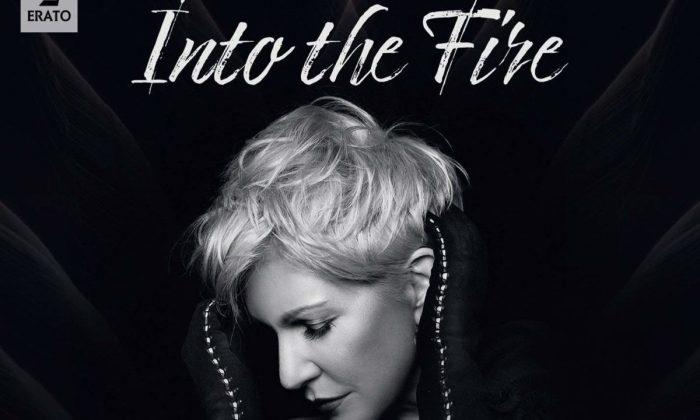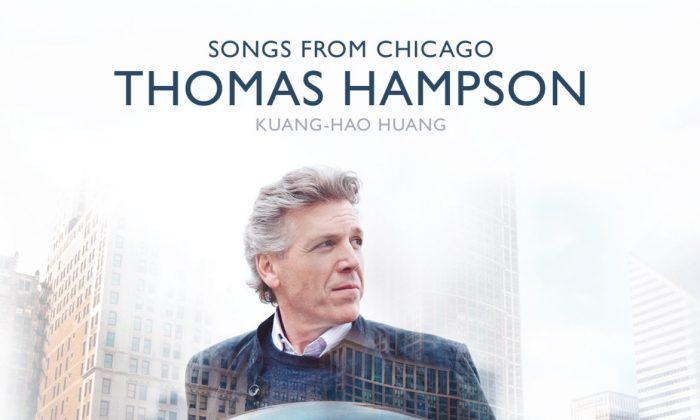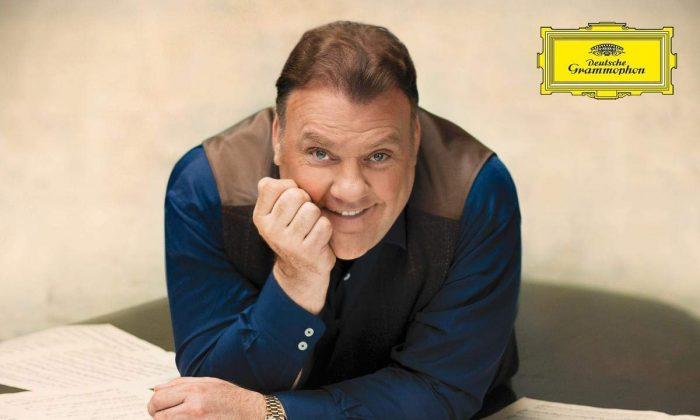Alison Balsom is about as famous as any trumpeter in classical music today. The English virtuoso has received a number of honors; she was named Gramophone Awards Artist of the Year 2013 and has won three Classic BRIT Awards, including the Female Artist of the Year award in 2011. The fact that she has movie star looks doesn’t hurt.
Her latest release, “Paris” (on Warner Classics), is a tribute to the city where she studied, at the Conservatoire. The selections cover a broad range of music, but they have a link to the French capital. Although Balsom has recorded baroque and later pieces written for the trumpet, she has also performed new works as well as transcriptions of music written for other instruments, as she does here. The album is a collaboration with trumpeter and band leader Guy Barker, who co-produced the CD with Balsom.
Eric Satie (1866-1925) is represented by his Gymnopédie No.3 and Gnossienne No. 3, which were originally written for piano. These contemplative pieces work quite well in their orchestral arrangements with Balsom’s mellow trumpet.
Astor Piazzolla (1921 –1992) was the leading composer of Argentinian tango music and a noted player of the bandoneon. His connection to Paris is that he studied there with Nadia Boulanger. “Café 1930” is performed as a duet with Miloš Karadaglić, the talented classical guitarist from Montenegro. (Their recording session is on YouTube as well as some other pieces from the album.) This is the only track on the album without an orchestra and it is one of my favorites. “Café 1930” is followed by another haunting piece by Piazzolla, “Oblivion.”
Michel Legrand (born in 1932 and still active) entered the Paris Conservatory when he was ten years old and studied there with Nadia Boulanger, among others. He has written countless film scores, including the innovative “Umbrellas of Cherbourg,” and has worked with pop singers as well as jazz and classical artists. “La Valse des Lilas” is considered his first great song. (You may recognize the melody from the English language version of the song, “Once Upon a Summertime.”)
Olivier Messiaen’s (1908-1992) music often feels to me like being on a train stalled between stations. I confess that his slow moving ascetic pieces based on religious themes or bird sounds don’t sustain my interest. The triumph of the album is the excerpt from “Vingt regards sur l'enfant Jésus” (“Twenty gazes upon the child Jesus”), the solo piano cycle he wrote for Yvonne Loriod, who became his second wife. For the first time, at least for this listener, because of the inventive orchestration and Balsom’s playing, the music seems accessible.
Maurice Ravel (1875-1937) composed “Pièce en forme de habanera” in 1907, a period during which he was writing music with a Spanish influence. The second movement of his Piano Concerto in G is described by Balsom in the liner notes as “the starting point” of the album. Again, the trumpeter’s rich tone exults in the composer’s beautiful melodies and the orchestral accompaniment is tasteful.
The least impressive tracks are the forays into popular music: “Les feuilles mortes” (Autumn Leaves, another Johnny Mercer English-language lyric) by Joseph Kosma (1905-1969) and “Nuages” by the Belgian gypsy jazz guitarist Django Reinhardt (1910-1953). The sounds are pleasant enough but rather bland. Compare these performances with the former by Cannonball Adderley with Miles Davis or the latter by Reinhardt himself or Anat Cohen with Samson Schmitt at last year’s Django Reinhardt Festival at Birdland (on YouTube).
Balsom’s album will undoubtedly satisfy her fans and win new admirers.






